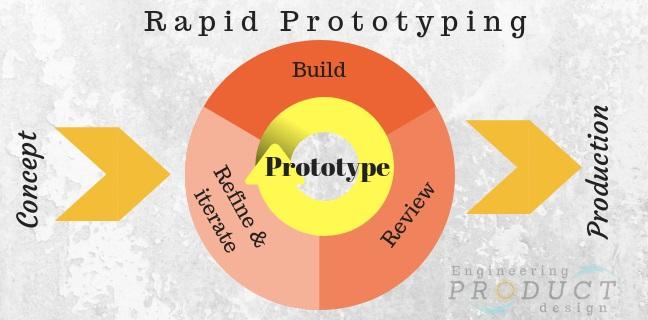An Unbiased View of How to Make a Product Prototype - Innovate

Spline Product Development - United States Things To Know Before You Buy
The word prototype has its origins in the Greek words prtos 'initially' and tupos, 'figure' or the 'specifying attribute of something'. For that reason, we are generally dealing with a first, or a minimum of an early, effort to represent all or part of a new product concept. Models are developed for a number of factors: Make a concept or item vision tangible Assess an idea when analytical techniques or typical design practice are not appropriate Demonstrate performance and performance, retiring technical risk Fine-tune product use Imagine cost motorists A model is a representation of a product concept intended to find out something about the ultimate end item Model complexity and surface exist over a broad spectrum from limited to totally comprehensive functionality, and from low-fidelity (basic form) to high-fidelity (last product kind and habits).

The Power of Pre-Prototype - MedTech Intelligence
Periodically, specialized components such as custom-made optics will require either alternate fabrication methods or engineering approximations based on off-the-shelf options. Tensentric has actually determined four levels of model, talked about below: Idea Model Aspect Functional Demonstration Model Engineering Self-confidence System Not all kinds of models will be needed for each task, while some jobs may need several or iterative models for each step of advancement.
The is to assist development teams, stakeholders and end-users imagine and connect with concepts at product-scale. -Idea designs are early tools for exploring use and engineering-related problems, exposing possible usage errors and opportunities for improvement. -Concept models may expose unexpected or incompletely-understood requirements and the implications of item restrictions, all of which inform the selection and scope of follow-on engineering models.

The Three Phases Of Product Prototyping - Inertia
Components typically deal with a single component or function such as an actuator, a valve, a flexure, a circuit or an optical structure. Selection of candidate aspects is based upon dangers associated with preliminary performance requirements, architecture tradeoffs, feedback from principle models and task restraints. The is to demonstrate efficiency or function in seclusion from other system variables and constraints.

The 4 different types of product prototypes
All About Rapid Prototyping Company - LA NPDT
Elements are often instrumented to optimize the info that can be obtained through their assessment. order 3d prints differ significantly in style, components and building from 'last item' because they exist to address a restricted set of concerns, obstacle performance limitations and improve specifications. Elements are valuable due to their ability to produce fast results which notify subsequent design.

